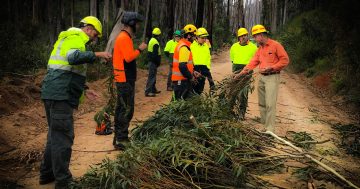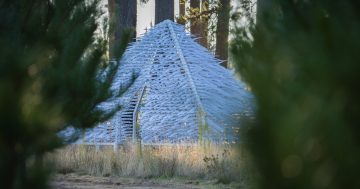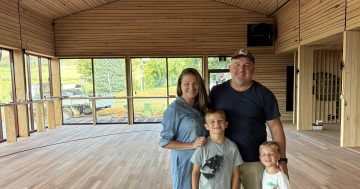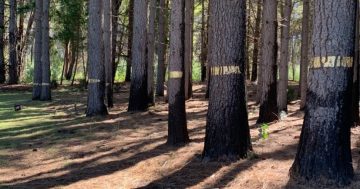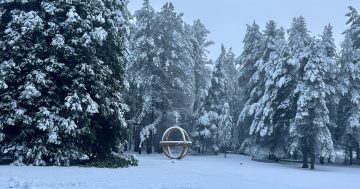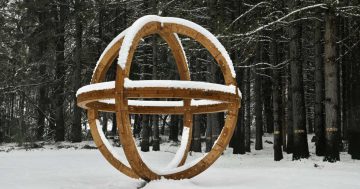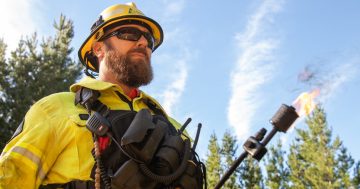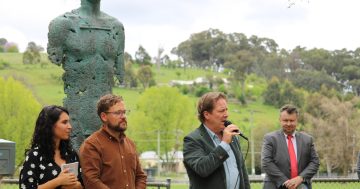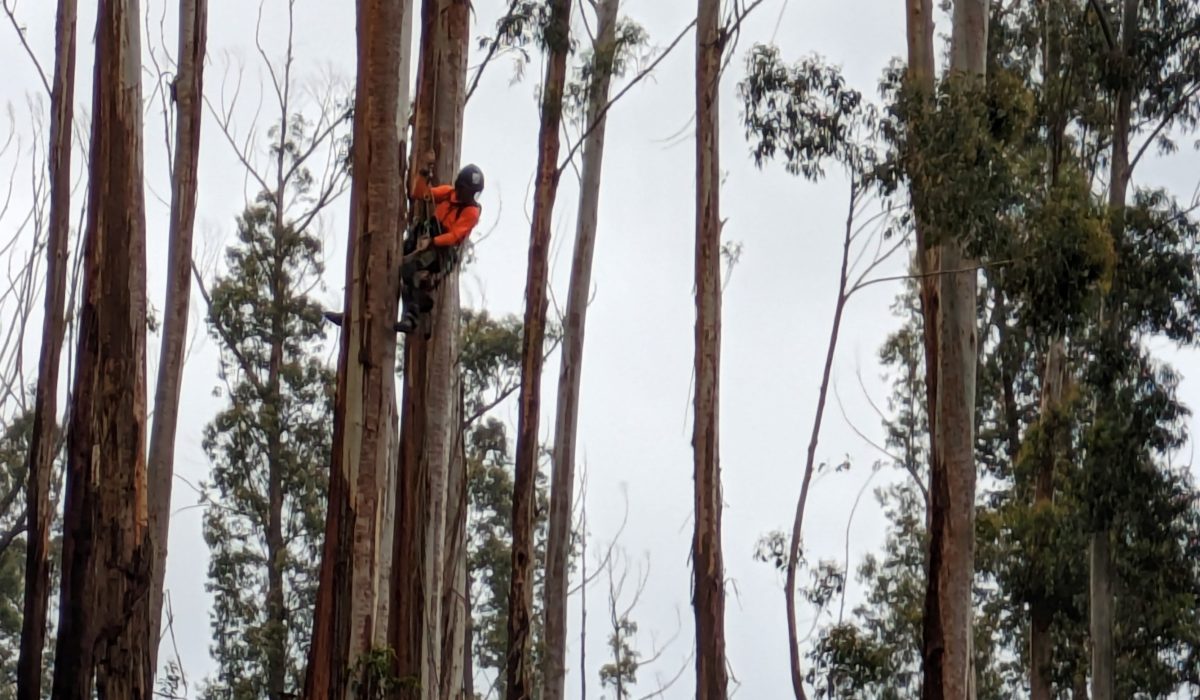
Trained arborists are scaling towering alpine ash trees around Tumbarumba, harvesting seeds to be stored in a climate-controlled facility in Eden. Photo: NSW Forestry Corporation.
In the high country near Tumbarumba, arborists are once again climbing alpine ash trees as part of an intensive seed collection program to help safeguard the high country’s vulnerable ash forests from collapse.
The program, overseen by NSW Forestry Corporation, is focused on alpine ash (Eucalyptus delegatensis) and white ash (Eucalyptus fraxinoides), two towering eucalypts that depend entirely on seed to regenerate after fire.
But with fires occurring more frequently and at shorter intervals, these trees are burning before they reach the age at which they can produce seed.
This year’s efforts build on a major collection push in 2024 and reflect a growing urgency to protect the species from long-term decline.
Forestry Corporation Southern Region resources supervisor Joel Dawson said the species needed about 20 years before they could drop seed.
“If fire comes through again before then, they just don’t come back,” he said.
Alpine and white ash are obligate seeders – they don’t resprout after fire like many other eucalypts.
If mature seed isn’t available, recovery is impossible without intervention.
That’s why the corporation is building a large seed bank, stored in a climate-controlled facility in Eden, as a long-term insurance policy for bushfire recovery.
“Should another fire impact those same forests before the ash trees reach maturity, then there is no way for the forest to regenerate without intervention,” Mr Dawson said.
“The seed bank we are building will allow us to regrow those forests.”
Specialist contractors have again been engaged to carry out the collection and extraction work.
This year’s focus includes Maragle State Forest near Tumbarumba, where last year’s widespread flowering event has made conditions ideal for harvesting mature seed.
“These are areas we’ve been monitoring for several years,” Mr Dawson said.
“In 2023, we identified strong flowering in alpine ash stands and we’ve returned this year to collect seed while it’s available. We expect to return again next year.”
Mr Dawson said the seeds were collected from healthy trees through a light pruning of about 30-50 per cent of the canopy.
“It’s a one-time collection operation from each tree and then we record their location and exclude them from future seed collection programs,” he said.
Climbing crews are supported by drones that monitor flowering from the air and all-terrain vehicles that help teams access remote areas with minimal environmental disturbance.
The scale of the project reflects the scale of the threat.
Across the state’s national parks and state forests, 18,850 ha of alpine ash forest have burned twice in the past 25 years.
Just 4650 hectares – six per cent of the total alpine ash area – remains unburnt since before 2003.
Most of those are in Bondo and Micalong State Forests, east of Tumut.
When the project began last year, Forestry Corporation held just 3 kg of alpine ash seed – not nearly enough for any meaningful recovery effort.
Today, the seed bank holds 440 kg and the goal is to reach 800 kg.
This season’s collection will continue for another month and resume again in spring.
White ash seed collection is also ongoing, focused on the tableland state forests in the Eden-Monaro region.
So far, 25 kg have been collected toward a target of 150 kg.
“These seeds are stored until they’re needed,” Mr Dawson said. “They’re an insurance policy – one we hope we don’t need, but we have to be ready.”







